Does Data Science Require Coding?
Learn about data science, its prerequisites, advantages, disadvantages, tips, challenges, and why coding is necessary. Read more!
Do you have an interest in data science but aren't sure if you need to learn to code? You're not alone.
It's a common question and one that can be answered with a surprising "it depends." Yes, coding is an important tool for data scientists. However, depending on the job and the company, coding may or may not be required. Contrary to popular belief, coding might not be a prerequisite for data science. But it certainly is required as a helpful tool.
So if you are curious about whether or not data science requires coding, keep reading to find out the answer. Also, if you are wondering can a nonprogrammer become a data scientist and if so, what are the prerequisites? In this blog post, we will explore the answer to the question: Does data science require coding. Also the most common applications and challenges faced by data scientists in the industry?
It's a common question and one that can be answered with a surprising "it depends." Yes, coding is an important tool for data scientists. However, depending on the job and the company, coding may or may not be required. Contrary to popular belief, coding might not be a prerequisite for data science. But it certainly is required as a helpful tool.
So if you are curious about whether or not data science requires coding, keep reading to find out the answer. Also, if you are wondering can a nonprogrammer become a data scientist and if so, what are the prerequisites? In this blog post, we will explore the answer to the question: Does data science require coding. Also the most common applications and challenges faced by data scientists in the industry?
Table of content
- Is Coding Necessary To Become a Data Scientist?
- What Coding Languages Are Most Commonly Used In Data Science?
- What Are The Advantages And Disadvantages Of Coding In Data Science?
- What common languages do data scientists learn?
- Tips for Non-Programmers Learning Data Science.
- What Prerequisites For A Career in Data Science?
- Can A Non-Programmer Become A Data Scientist?

1. Is Coding Necessary To Become a Data Scientist?
The short answer is yes, coding is necessary to become a data scientist. Data science requires an understanding of programming languages such as Python and R, as well as some knowledge of statistics and mathematics. Without coding skills, it would be difficult for someone to effectively analyze and process large datasets and draw meaningful insights from them. Data science programming is also essential for creating and deploying machine learning algorithms and other automated processes.
So, Do data scientists code? In data science, coding is used to solve problems in a variety of ways. For example, data scientists might use coding to develop models that can predict future trends or automate complex tasks. They might also use coding to collect and organize data from different sources, or to manipulate the data for better analysis. Without coding, data science wouldn’t be possible.
So, Do data scientists code? In data science, coding is used to solve problems in a variety of ways. For example, data scientists might use coding to develop models that can predict future trends or automate complex tasks. They might also use coding to collect and organize data from different sources, or to manipulate the data for better analysis. Without coding, data science wouldn’t be possible.
Data Science Bootcamp
Techno Study's Data Science program is tailored to the students just starting out and seasoned professionals alike. Our master classes are taught by leading figures in their fields to get practical skills within your grasp.
7 months
$9,000

2. What Coding Languages Are Most Commonly Used In Data Science?
Data scientists often need to be proficient in multiple coding languages to work with data effectively. Knowing multiple Popular Coding Languages can be an asset for data scientists, as each language has its advantages and disadvantages. The most popular coding languages used in data science programming include:
- Python: Python is the most commonly used language for data science programming, as it is versatile and can be used for a wide range of tasks, from web development to machine learning
- R: R is also a popular language, particularly for those who specialize in statistical analysis.
- SQL: SQL is used for managing large datasets and performing queries on them.
- Java: Java is popular for building web applications and data processing
- C++: C++ is often used for scientific computing and optimization.

3. What Are The Advantages And Disadvantages Of Coding In Data Science?
Coding is a fundamental part of data science, and it’s an important skill for any data scientist to have. Data science programming requires a deep understanding of the concepts and techniques of computer science, mathematics, and statistics. Coding in data science allows you to build powerful and accurate algorithms to solve complex problems, automate data-intensive tasks, and process data faster than ever before.
However, coding in data science also comes with its own set of drawbacks. On one hand, it provides powerful tools for analyzing large datasets and automating complex tasks. On the other hand, coding can be time-consuming, difficult to debug, and costly. Ultimately, whether or not a data scientist chooses to use coding depends on their particular needs and skillset.
However, coding in data science also comes with its own set of drawbacks. On one hand, it provides powerful tools for analyzing large datasets and automating complex tasks. On the other hand, coding can be time-consuming, difficult to debug, and costly. Ultimately, whether or not a data scientist chooses to use coding depends on their particular needs and skillset.
Advantages of Coding In Data Science
- The main advantage of data science coding is that it allows you to analyze large datasets with greater accuracy and speed than manual methods.
- Coding in data science also allows you to develop algorithms that can automate time-consuming tasks, freeing up more time to focus on other aspects of the job.
- Coding in data science helps you to develop better insights into your data by providing more control over how the data is manipulated and analyzed.
Disadvantages of Coding In Data Science
Despite these advantages, there are some disadvantages to coding in data science.
- Coding requires a lot of time and effort. Data scientists must understand the basics of coding, as well as the technical details behind the code, which can take a great deal of time to learn.
- Coding can be difficult to debug and troubleshoot when things go wrong, leading to lost time and resources.
- Coding in data science programming can be costly since it often requires the purchase of expensive software licenses or development tools.
Recommended: Are Coding bootcamp worth it in 2023?
4. What common languages do data scientists learn?
Data scientists are often tasked with tackling some of the most complex and difficult problems out there, and they are expected to do so using data coding. As a result, one of the biggest challenges faced by data scientists is the learning curve associated with data science programming. In order to succeed in the field, there are several challenges, such as:
- Data scientists must become fluent in the most popular coding languages, such as Python and R.
- Requires an understanding of both mathematics and statistics, as well as domain expertise in the field of data science.
- Data scientists may struggle to develop insights and come up with solutions to problems.
- It can be difficult to maintain a consistent workflow.
- Data science projects often require long hours of work and dedication.
- It is important to stay focused and organized throughout their projects, but this can be challenging for even the most experienced professionals.
- Do data scientists code? Yes they have to.
5. Tips for Non-Programmers Learning Data Science
For non-programmers, there are a variety of resources available to help them learn the basics of data science programming. From online data science courses to tutorials and boot camps, there are plenty of opportunities to learn the fundamentals of data coding. Additionally, understanding how to use data visualization tools such as Tableau or Power BI can go a long way in helping you become a successful data scientist.
At the end of the day, becoming a data scientist does require some coding skills, but it is also important to understand the core principles of data analysis and problem-solving. With the right resources and dedication, anyone can learn the basics of data science programming and become a successful data scientist.
Most importantly, the right data science program, essentially an intensive Bootcamp can help even non-programmers to master the skill and start a flourishing career in a few months. At Techno Study, we offer a dedicated 6-month-long intensive Data Science bootcamp. It comes with constant support from highly-trained instructors and a program structure that ends with resume preparation, mock interviews & internship opportunities.
At the end of the day, becoming a data scientist does require some coding skills, but it is also important to understand the core principles of data analysis and problem-solving. With the right resources and dedication, anyone can learn the basics of data science programming and become a successful data scientist.
Most importantly, the right data science program, essentially an intensive Bootcamp can help even non-programmers to master the skill and start a flourishing career in a few months. At Techno Study, we offer a dedicated 6-month-long intensive Data Science bootcamp. It comes with constant support from highly-trained instructors and a program structure that ends with resume preparation, mock interviews & internship opportunities.
6. What Prerequisites For A Career in Data Science?
Data science is an exciting field that involves the use of data, programming, and analytics to solve problems and make predictions. But what prerequisites are required for a career in data science?
The most basic prerequisite is a good understanding of mathematics, particularly statistics, algebra, and calculus. Strong knowledge of databases, data warehousing, and programming languages like Python and R is also essential. It’s also important to have a solid grasp of machine learning algorithms and artificial intelligence. Lastly, coding is an integral part of data science.
If you're considering a career in data science, you'll need to be well-versed in data science code and have a solid grasp of mathematics, databases, and machine learning algorithms. Equipped with these skills, you'll be ready to embark on an exciting journey in data science. To help you get started, be sure to check out our article on the top data science and machine learning platforms in 2023. It's a comprehensive guide that covers the essential tools and technologies you'll need for your career in data science.
The most basic prerequisite is a good understanding of mathematics, particularly statistics, algebra, and calculus. Strong knowledge of databases, data warehousing, and programming languages like Python and R is also essential. It’s also important to have a solid grasp of machine learning algorithms and artificial intelligence. Lastly, coding is an integral part of data science.
If you're considering a career in data science, you'll need to be well-versed in data science code and have a solid grasp of mathematics, databases, and machine learning algorithms. Equipped with these skills, you'll be ready to embark on an exciting journey in data science. To help you get started, be sure to check out our article on the top data science and machine learning platforms in 2023. It's a comprehensive guide that covers the essential tools and technologies you'll need for your career in data science.
7. Can A Non-Programmer Become A Data Scientist?
The short answer is yes! Although data science programming may seem daunting to those without a background in coding, it is possible for non-programmers to become data scientists. Data coding involves creating and manipulating data sets to solve complex problems, and this skill can be learned with the right resources and guidance.
The most important thing to understand is that data science does not require you to be an expert coder. Instead, the focus should be on understanding data, understanding the methods of data analysis, and learning how to use data to drive meaningful insights. While data scientists do code, they are also highly skilled problem-solvers who are able to think critically and break down complex problems into manageable chunks.
The most important thing to understand is that data science does not require you to be an expert coder. Instead, the focus should be on understanding data, understanding the methods of data analysis, and learning how to use data to drive meaningful insights. While data scientists do code, they are also highly skilled problem-solvers who are able to think critically and break down complex problems into manageable chunks.
Conclusion
Overall, becoming a successful data scientist requires a great deal of hard work and dedication, but it is possible with the right skill set and attitude. To do so, data scientists must become proficient in data science coding, have a strong understanding of mathematics and statistics, as well as maintain a consistent workflow.
Finally, they must be able to visualize their data in compelling ways in order to make their insights more understandable. In other words, coding is just one part of the equation when it comes to becoming a data scientist. While these challenges can seem daunting, with the right resources and help, anyone can learn to become a successful data scientist.
Finally, they must be able to visualize their data in compelling ways in order to make their insights more understandable. In other words, coding is just one part of the equation when it comes to becoming a data scientist. While these challenges can seem daunting, with the right resources and help, anyone can learn to become a successful data scientist.
Data Science Bootcamp
Enroll now in our top-notch Data Science course! Seats are limited and filling up fast. Don't miss out on this career-transforming opportunity
7 months
$9,000

